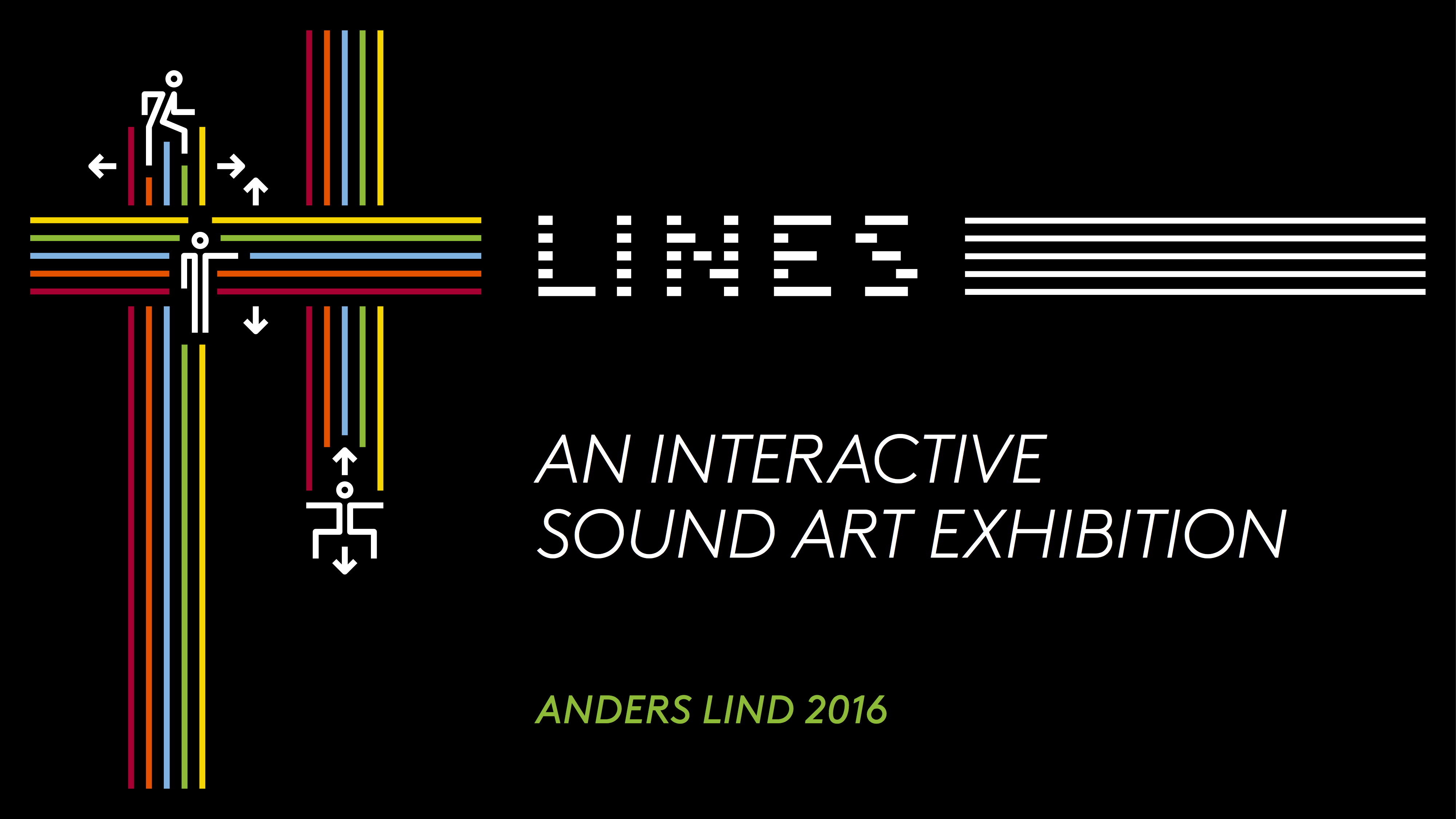As my final project for the class involves developing a game, I was in particular drawn to Mary Flanagan’s essay, “Critical Play: The Productive Paradox”. In the piece, she analyses, using different game examples, how a game can be critical. Flanagan (2016) summarises it in three ways:
- “a game could just be critical in the literal sense – make disapproving comments, or reach a negative conclusion about something” (p. 446)
- “being critical might mean to analyse the merits and faults of a work… to scrutinise it in the sense of “critical” acclaim or critics’ trashing of a new body of work” (p. 446)
- “criticality might offer a detailed and scholarly analysis and commentary” (p. 446)
While some games are “just games” and are not critical in their narrative, Flanagan points out that many others have been used to inspire critical thinking. This label of critical play as termed by the Flanagan has actually been employed within our own game. Eco Hero 3000 on the surface addresses environmental issues but also delves deeper into how our current dialogue with the crisis can be problematic. Our game confronts how being environmentally conscious may have become a popular trend, particularly on social media, rather than actually a genuine effort to help the environment.
Flanagan also noted that “games – like film, television, and other media – are created by those who live in culture and are surrounded by their own cultural imaginary, and are a cultural medium that carries embedded beliefs, whether intended or not” (p. 449). I think this reflection is very evident in our game. Eco Hero 3000 is very much created from a lens that is quite privileged and well-off. For example, it is only in developed countries where we have the option to make a conscious choice to buy products that might be more environmentally-friendly instead of cheaper products that are damaging to the environment. For poorer countries, they might have more pressing issues like basic survival to worry about than sorting plastic or glass into the correct bins.
In summary, I believe it is important for game developers to be critical about the messages they generate within their games. Like films or music, games ultimately have an influence on people’s attitudes and behaviours in the world.
Paul, Christiane, ed. A Companion to Digital Art. Chichester: John Wiley & Sons, Inc., 2016
